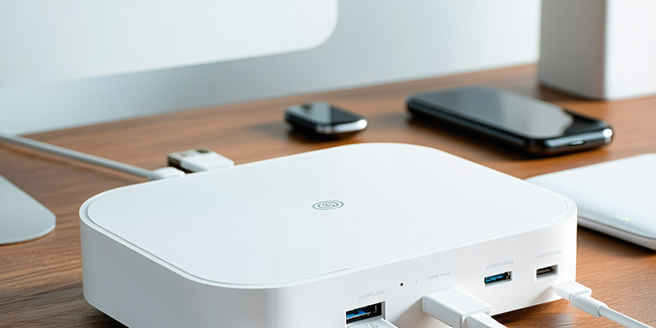Multi-device Charging Stations For Convenience

Understanding Multi-Device Charging Technology
Modern charging stations have evolved significantly from their predecessors, incorporating advancements that allow them to charge multiple devices simultaneously. This is achieved through a combination of different technologies, such as USB-C Power Delivery, Quick Charge, and wireless charging standards like Qi. These stations now also feature smart technology that detects and optimizes the power requirement for each connected device. These technologies work together to ensure that regardless of the type or brand of device, there’s a compatible and efficient option for charging. Understanding the nuances between these technologies can help users maximize the potential of their charging stations, ensuring they choose the right port or pad for optimal charging speed and safety.
Key Features to Look for in a Charging Station
When selecting a charging station, several key features should be considered. The number of ports and their variety (USB-A, USB-C) is crucial depending on the types of devices you own. Look for intelligent charging capabilities that adjust power output based on the device’s needs. Consider the size and portability of the charging station if you plan on using it in different locations. It’s also beneficial to choose a station that is compatible with high-speed charging for newer devices. Safety features like over-current and over-voltage protection are critical in preventing damage to your devices. Wireless charging capability can add convenience, especially for smartphones. Design and the ability to reduce cable clutter also enhance the overall usability of the station.
Top Benefits of Using a Multi-Device Charger
Multi-device chargers offer numerous advantages, making them a staple in modern homes and workspaces. They eliminate the need to have multiple chargers plugged into several outlets, reducing clutter and increasing efficiency. With the rise of smart homes, these chargers integrate seamlessly into the tech ecosystem. As technology evolves, the demand for efficient charging solutions has grown significantly. The convenience of charging multiple gadgets in one place cannot be overstated. They save time, allowing multiple devices, from smartphones to tablets, to be charged simultaneously. Intelligent charging helps to optimize the power supplied, extending the batteries’ longevity and enhancing energy efficiency. Furthermore, having a centralized location for device charging aids organization, ensuring that devices are always charged and ready to use.
How to Choose the Right Charging Station for Your Needs
Choosing the right charging station involves understanding your specific requirements and the devices you frequently use. Consider the number and type of devices you need to charge daily. Ensure the charging station supports fast charging for your smartphones and tablets if they have that capability. Check the total power output to ensure it can handle the cumulative load of all your devices. Keep in mind that investing in a high-quality charging station can extend the lifespan of your devices by preventing overheating and power surges. Additionally, look for features that enhance user convenience, such as detachable cables or customizable slots. If you require wireless charging, verify compatibility with your devices. Aesthetic considerations and available space might also influence your decision.
Setting Up Your Charging Station for Maximum Efficiency
Setting up a charging station for maximum efficiency involves more than simply plugging in your devices. Position the station within easy reach of commonly used areas while ensuring it’s connected to a reliable power source. Evaluate the number of devices you need to charge regularly to determine the appropriate power capacity. It might also be beneficial to invest in a charging station that offers USB-C ports for faster charging of newer devices. Organize cables neatly to prevent tangling and use short cables where possible to retain order. Assign dedicated spots for each device type, using labeled sections if necessary. Consider the use of cable management solutions like ties or clips to maintain tidiness. Regularly check connections and clean docking areas to keep the station in optimal working condition.